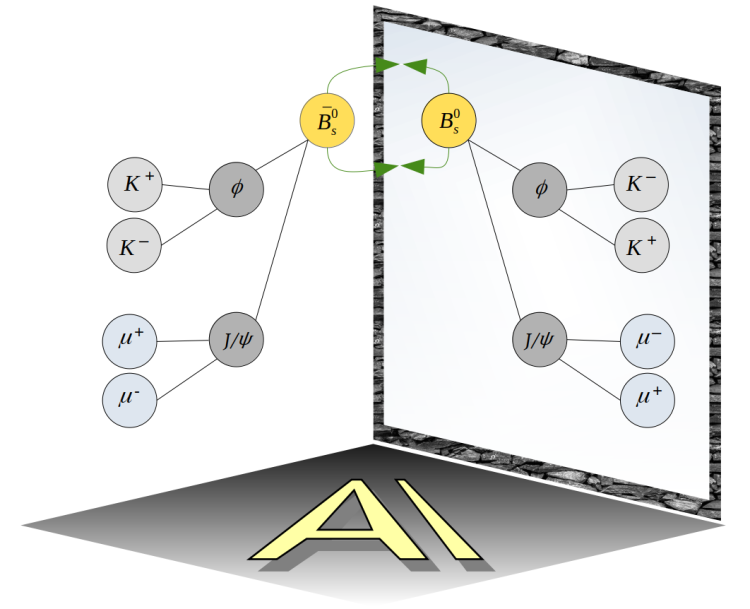Scientists at the European Centre for Nuclear Research (CERN) have not been left out of the artificial intelligence (AI) boom and have begun to use it in analysing scientific data. One of the discoveries made using this modern technology is that the amount of matter and antimatter in the universe is not equal.
Since the discovery of antimatter, scientists have believed that the universe is in equilibrium and that the amount of matter and antimatter is equal, which is a prerequisite for the balance of energy in the universe. But it seems that this fundamental rule is wrong.
Scientists have come to the conclusion that during the Big Bang 13.8 billion years ago, equal amounts of matter and antimatter were indeed created. However, it seems that the balance of forces in nature has not been maintained over all this time, and the amount of matter now significantly outweighs the amount of antimatter.
Particle physicists have tried to explain this discrepancy with the Standard Model, but the explanations have not yielded results, so the study of this asymmetry continues.
What is meson mixing?
At CERN's Large Hadron Collider (LHC), scientists have observed mesons, subatomic particles made up of equal numbers of quarks and antiquarks, decaying into lighter particles, turning into antimesons and back again in a process called meson mixing.
The researchers wondered whether the process of meson to antimeson conversion differs from the reverse process. Therefore, they wanted to count the number of particles before decay and compare it with the ratio at different times during the mixing process.
To achieve this, the CERN scientists needed to accurately identify mesons from antimesons at the LHC. They used an approach called flavour tagging, which was implemented with the help of an advanced AI algorithm.
Why artificial intelligence was needed
The CERN scientists used an artificial intelligence algorithm to process a sample containing 500,000 decays of the strange beautiful meson into a pair of muons and charged kaons. The strange beautiful meson is made up of a strange quark and a bottom antiquark, while the muon is very similar to the electron but weighs 207 times more. The kaon is also a type of meson.
The artificial intelligence algorithm uses a technique called a graph neural network. It can accurately determine the characteristics by collecting information about the particles surrounding the strange beautiful meson and those that are formed from it.

The data on 500,000 decays came from LHC Run 2, which the researchers then combined with data from Run 1. If the symmetry of matter and antimatter existed, the net result of these measurements should have been zero. However, the net result was not zero and was similar to the predictions made by the Standard Model.
In addition, the results were consistent with data from other CERN experiments such as ATLAS and LHCb. The press release also noted that the results were exactly comparable to experiments made with the LHCb, a detector designed to perform precise measurements.
The results obtained from these experiments were also statistically significant, as they met the three-sigma threshold commonly used by researchers. The press release adds that this is the first evidence of CP violation in the decay of a strange beautiful meson.